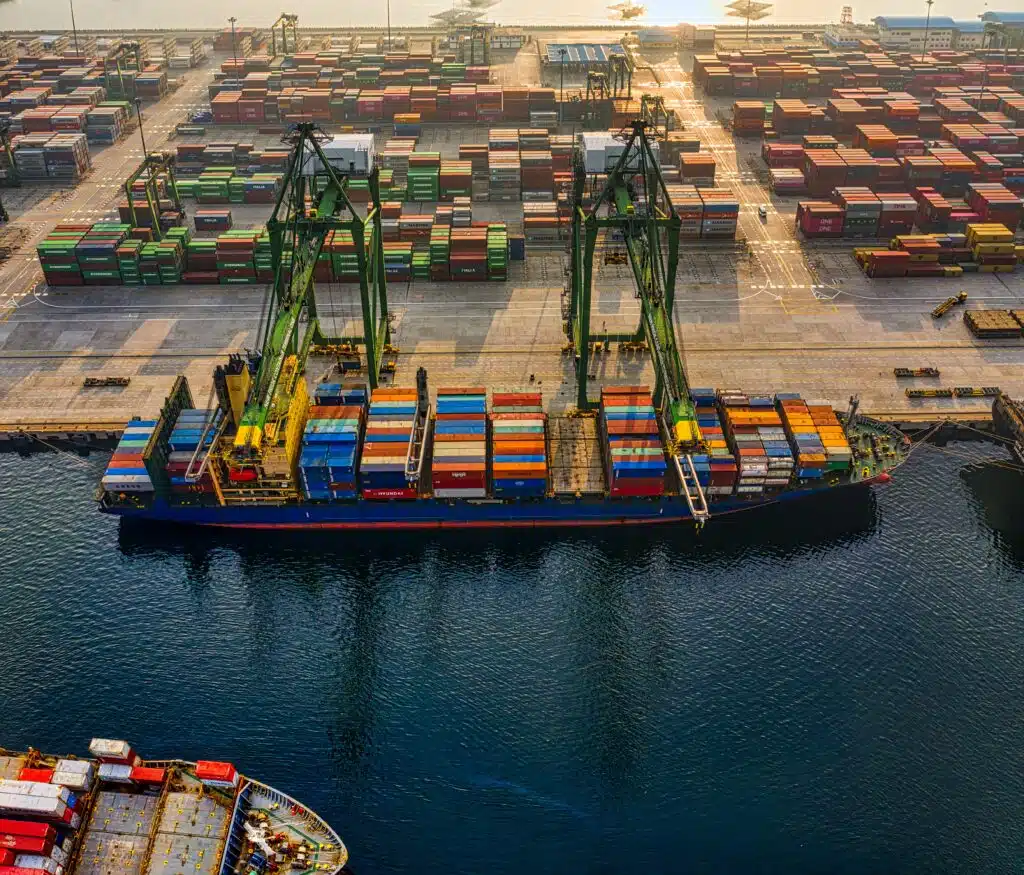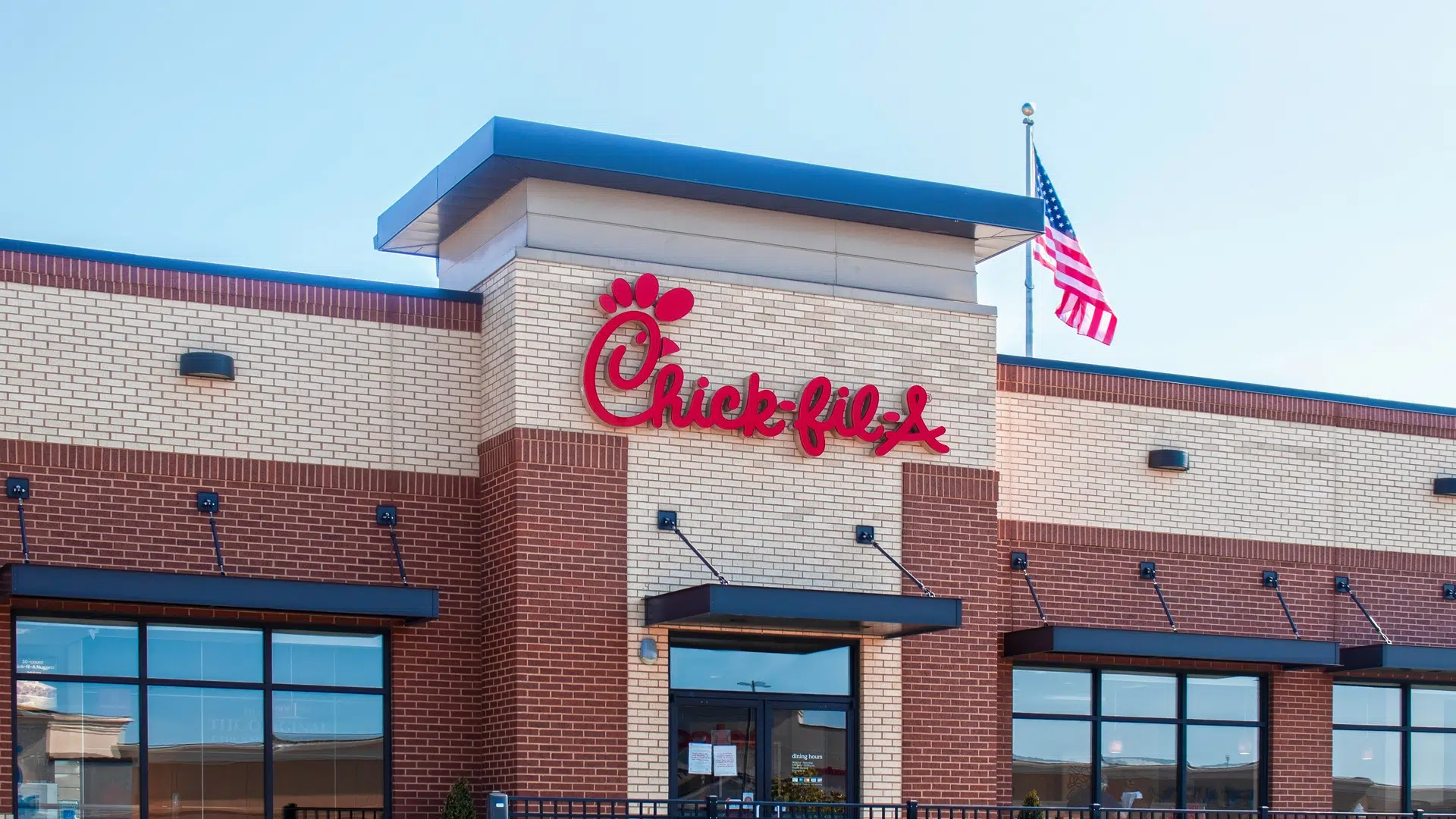As the global economy continues to grow and evolve, so does the demand for efficient and reliable transportation of goods. However, with the increasing volume of freight being shipped worldwide, many traditional transportation networks are becoming congested, leading shippers to seek alternative modes of transportation.
In this blog post, we will explore how shippers are researching and implementing alternative modes of transportation to address congested freight networks.
Why Do Shippers Continue to Search for Alternative Modes of Transportation?
Freight is a hot topic for many companies because of significant delays. The backups at ports, rail yards, and inland distribution hubs have dramatically snarled supply chains in the past two years. Freight congestion is getting better, but the damage has been done. No matter how long it takes, companies need to accept the situation and find a way to combat it.
As a result, shippers are taking new consideration of previously-rejected modes. For example, expedited shipping services that were once only used for emergencies are now an essential part of the transportation mix. In addition, the increased demand for freight shipping has forced ocean carriers to raise prices in response to a rise in consumer demand.
This, in turn, has provoked shippers that don’t own containers to switch from sea transport to air shipping. Air shipments are typically 12-16 times more expensive than sea shipments, but the cost difference is narrowing as ocean carriers have brought their rates in line with what they charge.
There’s even been an increase in shipowners purchasing aircraft to help their customers ship freight around the world – despite the volatility of the freight market, which underscores the need for industry players to develop and implement an inclusive, flexible agenda.
What is the Status of Today’s Supply Chain Management?
Today’s supply chain management is all about risk. Over two years of pandemic-induced disruption have forced companies to revamp their supply chains to make them more resilient. A McKinsey survey of supply chain executives found that nearly all (92%) had improved resilience through physical changes to their supply-chain footprints. These changes include increasing the inventory of critical products, dual-sourcing raw materials, and growing a list along the supply chain.
Increasing storage costs have led warehouse space to increase in price. To offset this, some choose to store cargo in containers when warehouse capacity is unavailable in the shipper’s location. However, the practice has led to an increased shortage of transportation equipment due to the supply chain disruptions caused by the pandemic.
Let SupplyCaddy Find Better Shipping Options
SupplyCaddy is committed to helping shippers research alternative modes of transportation to address congested freight networks. Our team has the experience and knowledge to help you find the right solution for your shipping needs.
If you have any questions, please don’t hesitate to contact us at [email protected] or [email protected]. We look forward to hearing from you!





















